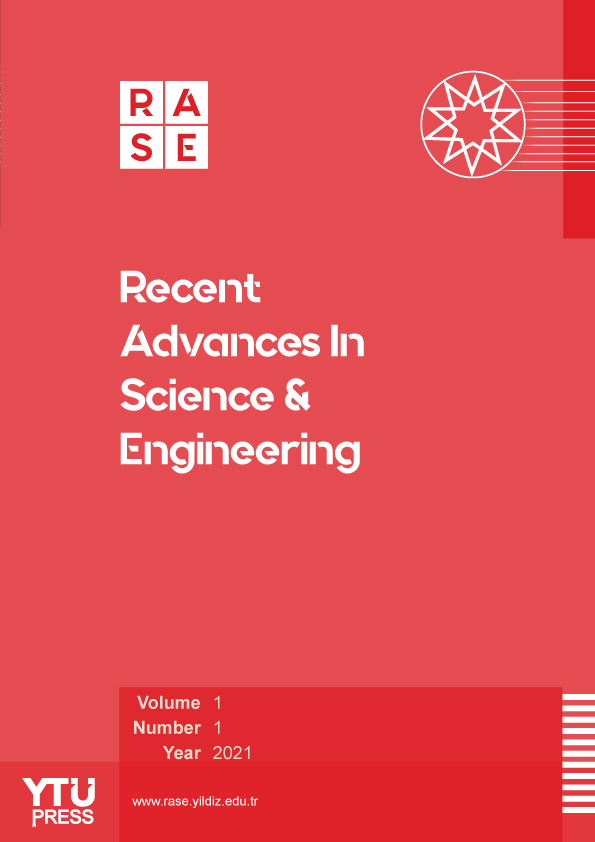2Uskudar American High School, Istanbul, Türkiye
Abstract
In recent years, Unmanned Aerial Vehicles (UAVs) and drones have gained an important place in our lives by providing innovative solutions in a wide range of areas from defense industry, agriculture, logistics, and search and rescue operations. Despite advances in positioning tech-nologies such as the Global Positioning System (GPS), autonomous navigation and reliable location estimation in confined spaces, dense vegetation, or areas with signals remains a major challenge.
This paper presents an innovative approach that combines You Only Look Once (YOLO) and Simultaneous Localization and Mapping (SLAM) algorithms to develop a GPS-independent positioning system. The vehicles beneath the drone are detected in Oriented Bounding Box (OBB) format using YOLO, and the estimated flight height is calculated using the known aver-age wheelbase of the vehicles. This height information is integrated with SLAM algorithms to estimate the drone’s position and speed. The test results show that the method provides accurate estimates with an accuracy of ± 1 me-ter at heights between 30 m and 50 m and can work effectively in conditions where GPS is in-adequate. Furthermore, YOLO’s use of OBB improves object detection accuracy and provides a solution to scaling problems in SLAM algorithms. This innovative system offers significant potential for autonomous drone navigation and speed control in environments without GPS access, such as confined spaces.










